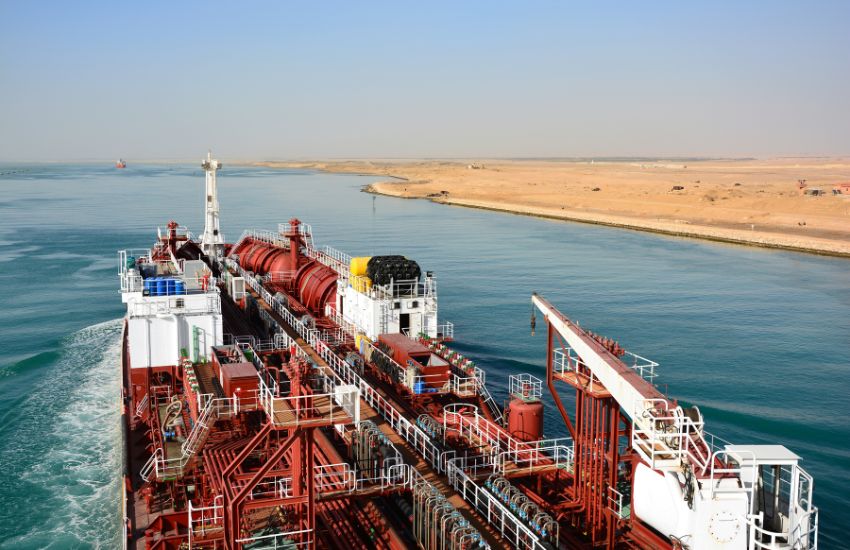Maritime Chokepoints: How Is Your Supply Chain Resilience?
As businesses continue to expand their global footprint and trade through maritime chokepoints increases, the need for supply chain resilience becomes critical. This is part 2 of our article “Supply Chain Chokepoints: Why Are They A Threat?“.
This article is written by Rudi Stalmans and featured in the 2021 spring edition of Tank News International. The title of the article in the Magazine is “What if the Suez Canal gets blocked?”.
Incidents at maritime chokepoints disrupt container shipping
The Suez Canal incident happened when container vessel capacity and equipment were already tight with port congestions, low sailing frequencies, container shortages, and elevated freight. The availability of empty containers, including tank containers for liquid bulk cargoes, is critical for exporters.
While the news mainly focused on the container ship Ever Given, parcel tankers were also impacted by the event when spot market earnings for product tankers were getting better due to lower bunker prices.
Avoiding maritime chokepoints: Are alternative routes feasible?
At the same time, chemical tankers looked at an arbitrage opportunity between Asia and Europe. The challenge for tanker owners was deciding between waiting for the salvage operation or sailing via an alternative route. A decision is often easier for vessels on anchorage than for ships still sailing.
To make such a decision, tanker owners will look at the extra sailing time on the alternative route and calculate their additional cost for the detour, especially the increased bunker consumption. In case of a deviation to avoid the Suez Canal, the owner will also keep in mind that he will not need to pay passage fees to the canal authorities, for example. The owner will then calculate the extra cost for the deviation and calculate a breakeven point in days. If the owner expects that the blockage will take longer than the breakeven point, he may decide to sail via the alternative route.
Supply chain resilience under pressure
While vessel utilization and freight are affected during such an event, inventory can increase fast in the load ports. Consequently, delays in exports will impact the imports that fill stores or supply manufacturing sites. These delays will pressure the whole system for a while to clear the backlog, including infrastructure, equipment, and the workforce.
Conclusion
Supply chain management is often taken for granted. Regardless of industry, the supply chain is the backbone of any company. Organizations need greater visibility over their supply chains than ever before to find areas for improvement, achieve greater efficiency, reduce the chances of disruption, and stay competitive. As international trade becomes more efficient and companies continue to expand their networks, the need to establish and maintain a detailed understanding of the supply chain becomes more significant.
Companies with experienced logistics teams and the right technology can create a competitive advantage for a company. A maritime chokepoint closure can have an immediate economic impact on global markets. That is because international maritime trade heavily relies on their use. While cargo routing flexibility is required, companies can look at what-if scenarios to improve their supply chain resilience.
A business can use what-if scenario analysis to see how a given outcome might be affected by changes in a particular variable. That allows a company to plan how to handle different scenarios quickly and effectively or select the best mode of transport and supply chain solution. Finally, agreeing on good terms and conditions in sale and purchase agreements, charter parties, and other contracts is critical to mitigating risk.
Major discussion points will be the size of ships and who will pay for the costs of such incidents.
Do you want to build a resilient liquid bulk and chemical supply chain? Download our Whitepaper to get started.
Photo Credit: Canva

